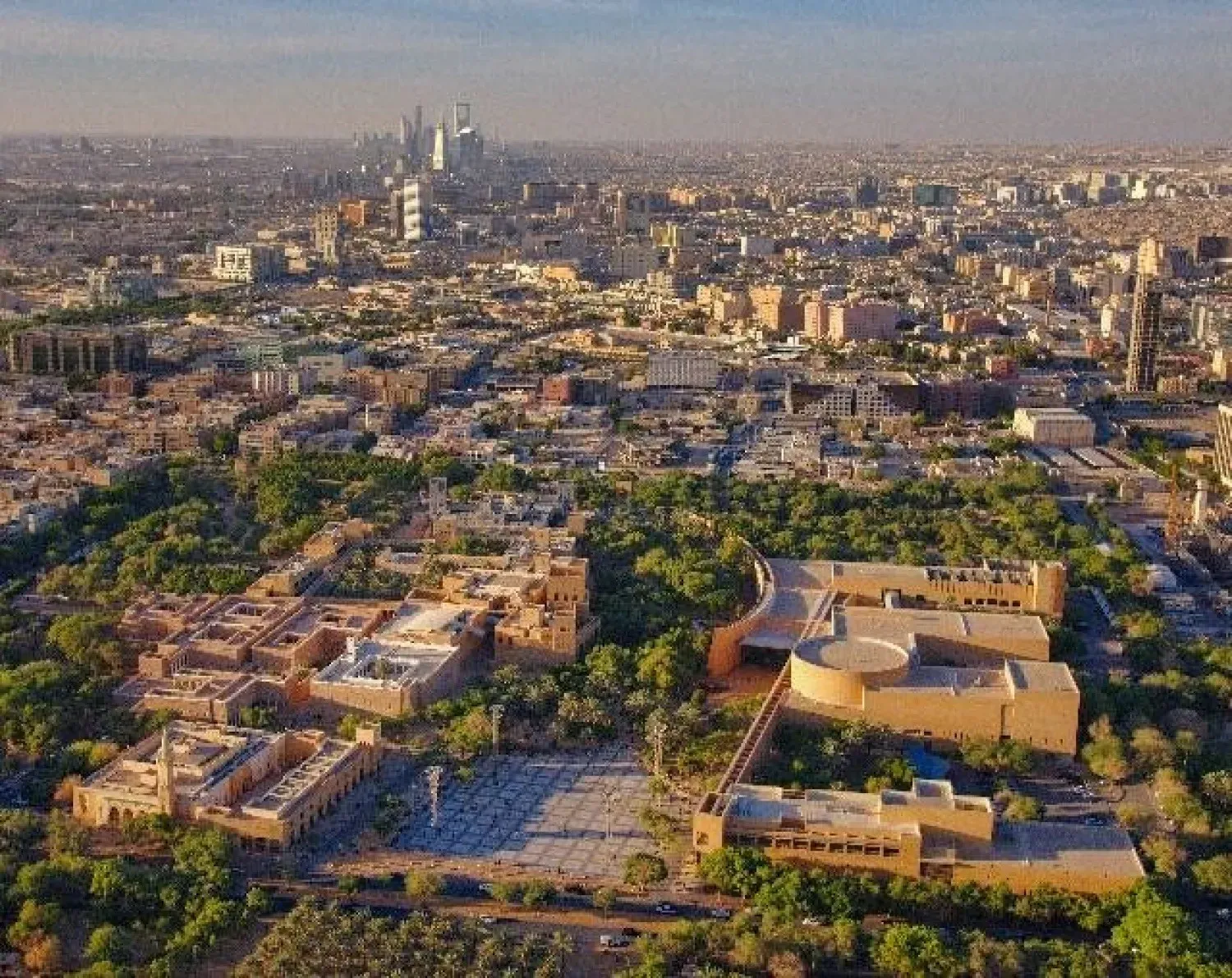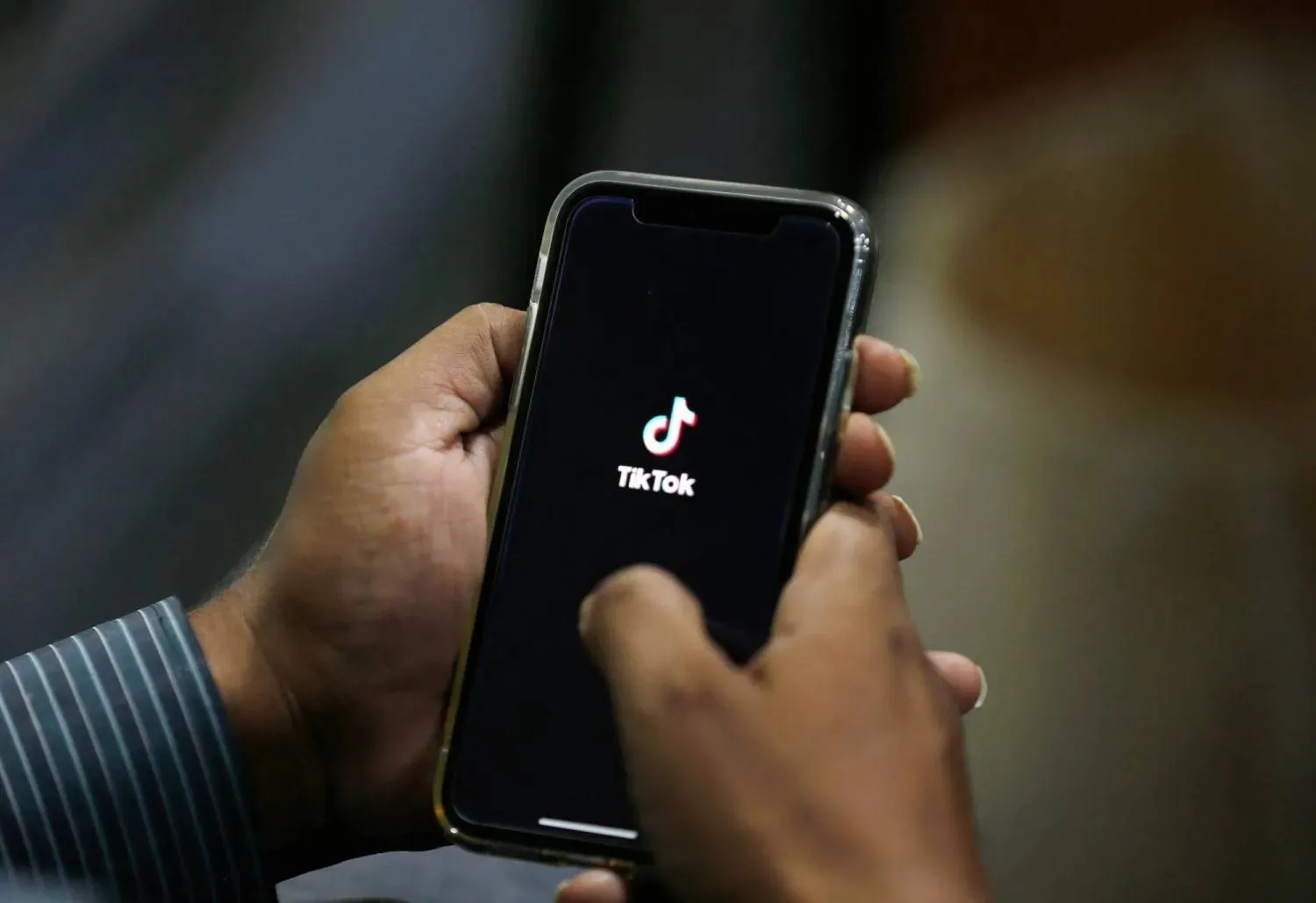Saudi Arabia has successfully doubled its investment volume since the launch of Vision 2030 in 2016, reaching SAR1.2 trillion ($320 billion) by the end of last year, while the Kingdom’s economy has grown to SAR4 trillion.
These figures were revealed by the government at the opening of the third edition of the Public Investment Fund’s (PIF) Private Sector Forum, accompanied by an exhibition in Riyadh, attended by a large number of ministers, officials, and leaders from major companies and institutions.
PIF’s private sector hub offers investment opportunities worth SAR40 billion ($10.7 billion), the fund’s Governor has said.
The total spending on local content through the PIF and its portfolio companies reached SAR 400 billion between 2020 and 2023, supported by the Musahama program, Yasir Al-Rumayyan said in the opening remarks of the PIF Private Sector Forum 2025.
He said that the share of local content in the PIF and its portfolio entities increased from 47% to 53% from 2020 to 2023, adding that the fund is working to improve this percentage in the coming years.
The PIF works to provide growth opportunities for the private sector, stimulate its capacity for innovation, and strengthen its role in the economy, Al-Rumayyan said.
“The Private Sector Forum is a platform to enhance opportunities for collaboration and partnership between PIF and its portfolio companies with the local private sector,” said Jerry Todd, head of National Development at PIF.
“In its third edition, the forum continues to grow in size, scope and ambition, reflecting PIF’s efforts to enhance engagement with the private sector, empower it and increase its contribution to a more diversified economy with local supply chains supported by advanced technology.”
The forum will showcase PIF’S initiatives and programs aimed at enhancing partnership with the private sector, including the Local Content Development Program, Musahama, which was launched by PIF in the first edition of the forum.
The program aims to increase the contribution of the Fund and its portfolio companies to local content. As a result of Musahama, the value of local content grew from SAR69 billion in 2020 to SAR153 billion in 2023, a 122% increase.
Saudi Minister of Investment Eng. Khalid Al-Falih announced that the number of global companies establishing their regional headquarters in Saudi Arabia has risen to nearly 600.
Al-Falih announced this while attending a panel discussion titled “Ministerial perspective on the role of the government to enable the private sector,” held as part of the third edition of the PIF Private Sector Forum in Riyadh on Wednesday.
The minister noted that the number of registered investment licenses surged from 4,000 in 2018 and 2019 to 40,000 currently, while total investments have doubled to SAR1.2 trillion, accounting for 30% of the Saudi economy.
Al-Falih said that economic reforms under Saudi Vision 2030 have enhanced the competitiveness of the local market and attracted major international companies, with the rapid growth in foreign direct investment flows reflecting investor confidence in Saudi Arabia’s economy and stability.
He elaborated on the private sector's role in driving national economic growth since the launch of Saudi Vision 2030 and highlighted significant progress in the investment environment.
The minister emphasized the notable diversification of Saudi Arabia’s economy, where non-oil economic activities now account for 52% of total GDP.









